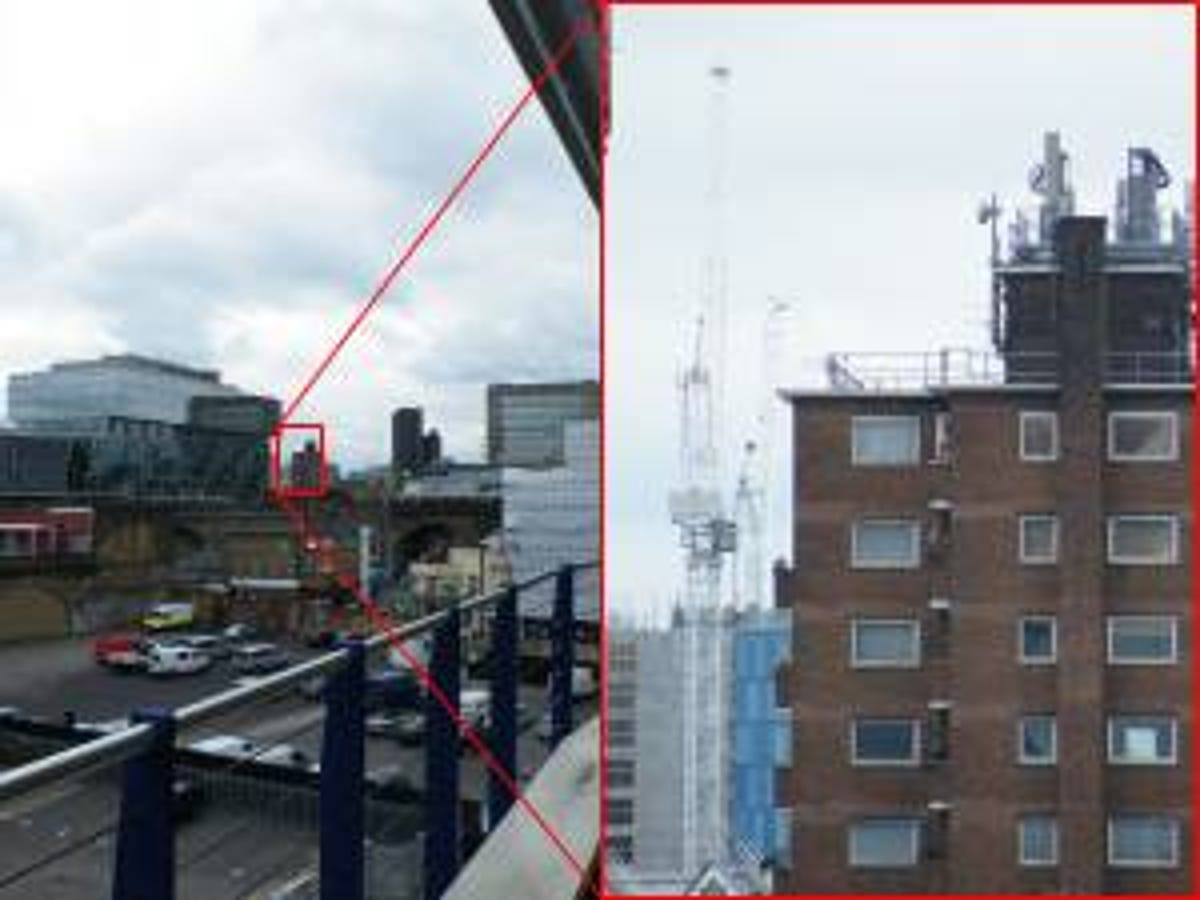 Why You Can Trust CNET
Why You Can Trust CNET Fujifilm FinePix S8100fd review: Fujifilm FinePix S8100fd
The Fujifilm FinePix S8100fd has a massive 18x zoom lens, positioning it securely among the monsters of superzooms. Its crisp images, plethora of features and accessible controls make this solid, stylish snapper a versatile and reliable choice for someone shooting sports or gigs
Sometimes things are just too far away to see. That's where superzooms like the 10-megapixel, £200 Fujifilm FinePix S8100fd come in. The enormous 18x zoom lens is perfect for getting up close to the action at sports events, concerts or when stalking unrequited loves.
The Good
The Bad
The Bottom Line
The question that hangs over these dSLR-styled, yet compact-proportioned snappers is how useful they are every day and whether the cost of a large lens is compromised pictures.
Design
The S8100 avoids the lumpen blockiness of many superzooms. The grip feels enormous for solid one-handed shooting. The zoom is lightning fast to leap in and out. It's a little clunky for fine adjustments, but the collar rocker switch is chunky and grippable.
An odd design quirk that we've seen a few times recently is that turning the camera on causes the extending lens to pop the lens cap off. While this saves us the bother, we wonder if it's healthy for the lens.

The pop-up flash is activated by a button at the side of the flash unit. It sits a couple of centimetres above the lens to reduce red eye.
The S8100's 64mm (2.5-inch) LCD screen can display up to 100 micro-thumbnails in a grid. The viewfinder is always useful, although like most electronic viewfinders, this one is grainy, with diagonal lines not rendering very well.
Features
It has a focal length of 28-486mm, equivalent to a 35mm camera, which is pleasingly wide. Optical image stabilisation and face detection are included and it supports xD cards as well as SD and SDHC.
The S8100 mode wheel gives you manual, program, aperture and shutter priority modes. Adjusting the shutter speed involves clicking up and down on the click pad or side-to-side for aperture.
Another interesting feature on the mode wheel is instant zoom, which takes three images near-simultaneously at different zoom levels. This is a cool idea, but sadly it's only digital zoom, so each image has a lower resolution than the last. You could achieve the same effect by cropping the first picture in your editing software.
Features include natural light mode and natural light plus flash mode, which takes two pictures together, one with flash and without. In practise, there is a delay between the two images being taken, so it doesn't work that well with moving subjects. The flash can be usefully set at one of five increments.
Other features include movement tracking and a super macro mode that allows you to get as close as 1cm to your subject. This keeps the camera locked on to its subject as it moves around the frame.
Performance
The S8100 takes just a whisker too long to start up, but once it's powered on, the autofocus is fast and reliable. Face detection is also quick and capable, tracking subjects around the frame and dealing well with profiles.
Images are crisp with no trace at all of barrel distortion. We had to work hard to manufacture purple fringing by taking high contrast images, but it wasn't noticable and didn't ruin our shots.
Noise is also handled well. Although images take on a visibly gritty texture from around ISO 400, the noise reduction system seems to keep the red and blue speckles in line -- and without sacrificing too much fine detail.
Full resolution burst mode fires a very short burst. Three shots are captured in 1 second, which is decently fast, but means you have to get your timing spot-on to capture your photo. A continuous mode doesn't so much burst as limp at 0.3 frames per second. It keeps going for at least four minutes, but you may miss that split second shot. We'd have liked a compromise between these two.
We're ambivalent about AA batteries. While they're convenient to buy in emergencies, that doesn't mean we want to spend all our time buying them. A lack of onscreen battery indicator in normal shooting mode was frustrating and we burnt through the supplied batteries in just a few days light use.
Conclusion
With crisp images, lots of features and accessible controls, the Fujifilm FinePix S8100fd ticks all the boxes. If you want the long zoom but would like something more pocketable, you'd have to go a long way to beat the Panasonic Lumix DMC-TZ5, while the Olympus SP-560 UZ is another 18x superzoom with a plethora of features. But we think the S8100fd is more stylish than most superzooms and in fact has very little to count against it.
Edited by Shannon Doubleday


